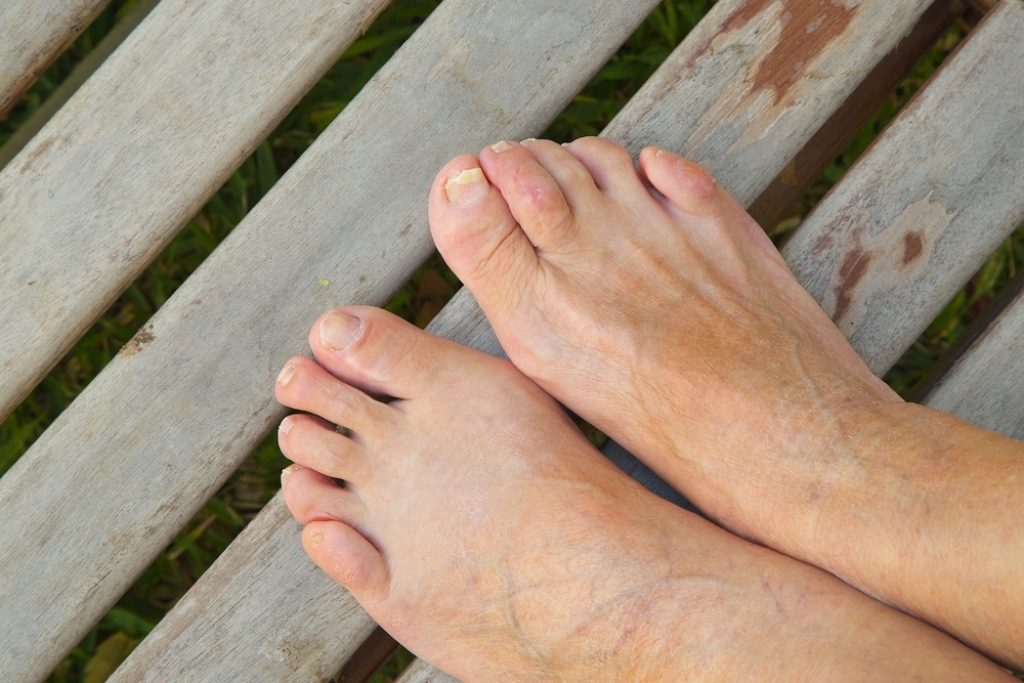
Hammertoe is a deformity where the toe bends downward at the middle joint, resembling a hammer. It often affects the second, third, or fourth toe. Common causes include unusually long toe bones, muscle imbalances, rheumatoid arthritis, and foot injuries. Among other causes are bunions pushing against the toe, years of wearing tight or ill-fitting shoes, and genetic factors. Symptoms include pain while wearing shoes, visible bending of the toe, corns or calluses from friction, inflammation, redness, and restricted movement. The toe may appear raised at the joint and feel stiff or sore, especially during walking or pressure. A podiatrist can diagnose hammertoe with a physical exam and imaging, if needed. Treatment options include wearing roomier shoes, using custom orthotics, toe splints or pads, and prescribing anti-inflammatory medication. In more advanced cases, surgical correction may be recommended. If you have developed this condition, it is suggested that schedule an appointment with a podiatrist for appropriate treatment solutions.
Hammertoe
Hammertoes can be a painful condition to live with. For more information, contact Derek Smith, DPM from Oklahoma. Our doctor will answer any of your foot- and ankle-related questions.
Hammertoe is a foot deformity that affects the joints of the second, third, fourth, or fifth toes of your feet. It is a painful foot condition in which these toes curl and arch up, which can often lead to pain when wearing footwear.
Symptoms
- Pain in the affected toes
- Development of corns or calluses due to friction
- Inflammation
- Redness
- Contracture of the toes
Causes
Genetics – People who are genetically predisposed to hammertoe are often more susceptible
Arthritis – Because arthritis affects the joints in your toes, further deformities stemming from arthritis can occur
Trauma – Direct trauma to the toes could potentially lead to hammertoe
Ill-fitting shoes – Undue pressure on the front of the toes from ill-fitting shoes can potentially lead to the development of hammertoe
Treatment
Orthotics – Custom made inserts can be used to help relieve pressure placed on the toes and therefore relieve some of the pain associated with it
Medications – Oral medications such as anti-inflammatories or NSAIDs could be used to treat the pain and inflammation hammertoes causes. Injections of corticosteroids are also sometimes used
Surgery – In more severe cases where the hammertoes have become more rigid, foot surgery is a potential option
If you have any questions, please feel free to contact our offices located in Ponca City, and Stillwater, OK . We offer the newest diagnostic and treatment technologies for all your foot care needs.
